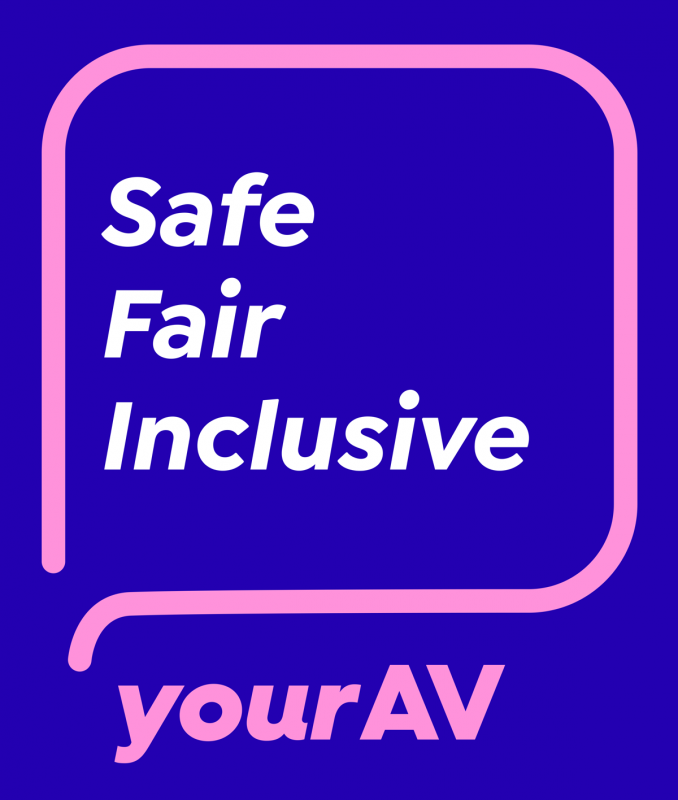Recommendation 30: Removing structural barriers and embedding flexibility into immediate and long-term workforce planning and the employment lifecycle
The recommendation
Ambulance Victoria should:
- together with Ambulance Employees Australia Victoria, Professionals Australia and the Victorian Ambulance Union Incorporated, evaluate the impacts (positive and negative) of the rolled-in rate, including the degree to which all impacts are experienced equally by all staff, and the impact of the rolled-in rate on implementing new approaches to enhance workplace flexibility
- reconsider the use of the shift-weighting calculator in determining flexible work application process so that individual needs and other relevant factors are given equal consideration to fair distribution of shifts
- embed workplace flexibility into the future design of all shifts and rosters by:
- assuming that a significant percentage of the workforce will require flexibility (to be drawn from consultation with staff and unions about current and future needs) and that this will increase incrementally
- establishing a community of practice across the health sector to learn of innovative local approaches to shift and roster design
- diversifying roster design and shift length to ensure demand for emergency health services continues to be met, while enabling workforce participation by employees who require the most flexibility, rather than employees who require limited or no flexibility
- exploring options to give managers more input into roster design to ensure flexible work and local solutions are implemented
- consider flexibility as a default position when designing all roles and actively increase the cohort of part-time workers to attract a more diverse workforce, formally allowing for transition to future, full-time work, and ensuring equal access to professional development and career advancement opportunities.
What we are doing
- Evaluate the impacts of the rolled-in rate and identify options for future approach
- Reconsider the use of the shift-weighting calculator in determining flexible work applications
- Develop a flexible operating model that applies across the 24/7 service, including by building flexibility into role design by default, rostering Director-level positions overnight and uplifting Area Manager capability
- Conduct an end-to-end review of return-to-work processes to enable part-time options
- Implement the first stage of People Based Rostering in Metropolitan Melbourne and commence design work for Rural Victoria and MICA.
- Consider opportunities to deliver on-road paramedic learning model more flexibly, including developing a part-time pathway
- Create easier and more accessible pathways to transition from part-time to full-time work
- Enable team managers to have greater oversight of Fair Work Agreements and empowering their oversight of these agreements by freeing up their time (R38) and supporting them through Senior People Partners (R31)
Where we are up to
16/02/2024
- In August 2023, AV began work to create a shared vision of a sustainable flexible workplace, engaging independent experts to support the development of a clear plan to achieve this vision and engage employees in its development. The employee engagement will run from 17 January to 5 March 2024.
- Since bargaining for the next employee agreement began in February 2023, AV has been actively engaging with all nominated bargaining representatives, including the VAU and UWU/AEAV, to discuss and negotiate over 800 employee claims submitted. Discussion of individual claims have been framed using the six key bargaining themes outlined below. ‘Flexibility & balance’ is one of the key themes that focuses on ways to allow employees the flexibility they need but also meets the changing and growing service delivery needs of our community. During bargaining AV continues to explore and advocate ways to incentivise employees to work shifts that improve service delivery capacity and performance and also enabling workplace flexibility.
16/02/2023
- AV has started bargaining for the next Ambulance Victoria Enterprise Agreement. A key focus is to proactively consider ways to use this agreement to support efforts to create a safe, fair and inclusive organisation.
- AV’s Melbourne-based People Based Rostering (PBR) trial concluded on 5 February 2023. The trial seeks to ensure the safety and welfare of paramedics, decrease stress and fatigue, improve work-life balance while aligning our rosters to operational demands. AV is now considering the feedback on the trial and what the next steps will be. AV is also in consultation regarding further trial locations.
- AV is working to develop and consult on a preferred interim roster proposal for Mobile Intensive Care Ambulance (MICA) paramedics. This interim roster proposal will support flexibility and work life balance for our specialist paramedics.
- AV is working to understand specific challenges and opportunities to embed workplace flexibility into the future design of rural rosters. This work involves consulting with experts and key rural stakeholders to undertake an environmental scan. Once concluded, we will work to develop roster concepts and proposals, to enable us to consider the next steps in rural roster reform.
29/07/2022
- AV will start work to remove structural barriers and embed flexibility into immediate and long-term workforce planning and the employment lifecycle once key staff are recruited.
- In July 2022, the Victorian Government agreed to fund the first stage of People Based Rostering, enabling work on implementation to progress.
Timeframe
FY 2027 Q3

